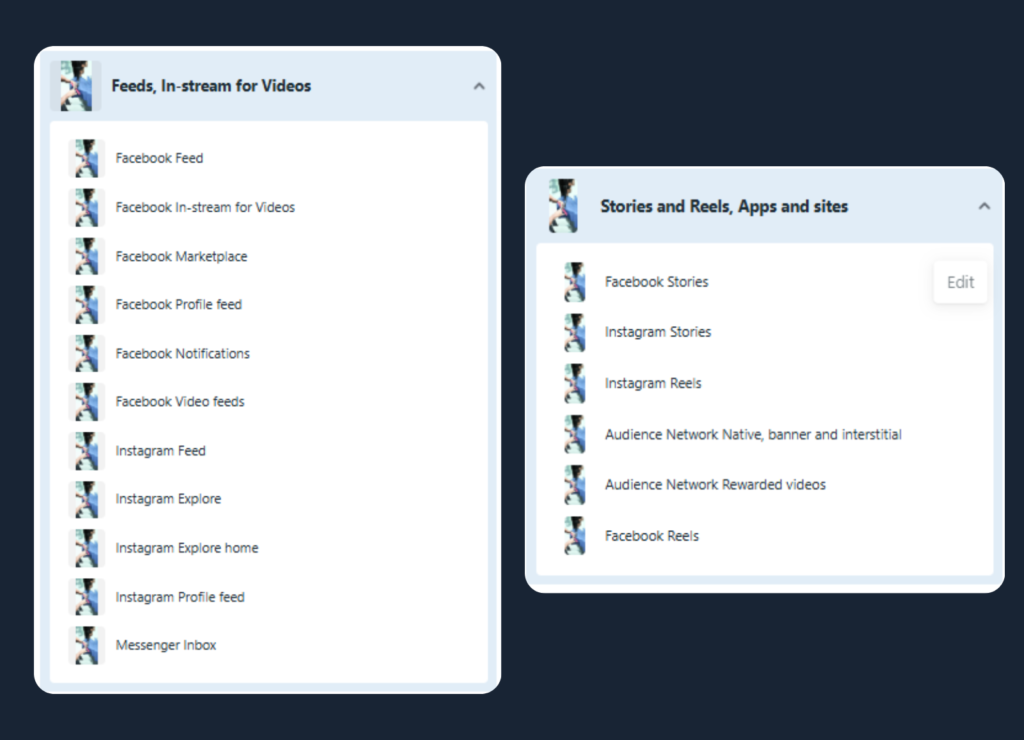Tips to Nurture Your Business
1. Maintain Everyday Accounting
Keeping track of your finances on a daily basis helps you stay in control of your cash flow and quickly identify any inconsistencies. Regular accounting ensures transparency, simplifies tax preparation, and provides insights into your business performance. It helps prevent financial surprises and allows for quicker decision-making based on accurate financial data. Using accounting software can make this process easier and more efficient.
2. Cut Down on Unnecessary Expenses
One of the quickest ways to improve profitability is to identify and eliminate unnecessary expenses. Evaluate recurring costs and subscriptions, assess the return on investments for marketing campaigns, and avoid overstocking supplies. Small, overlooked expenses can add up over time. By regularly auditing your expenditures, you can reinvest the savings into areas that truly support business growth.
3. Reduce Labour Expenses
Labour costs are often one of the biggest expenses for a business. Reducing these costs doesn’t necessarily mean laying off employees but optimizing productivity. Consider cross-training employees to handle multiple roles, automating repetitive tasks, or using scheduling tools to avoid overstaffing. Efficient use of manpower not only saves money but also boosts overall team efficiency.
4. Equip Your Business with the Latest Technology
In today’s fast-paced world, technology is a game-changer. Using the latest tools and software can streamline operations, improve customer service, and reduce manual errors. Time-tracking software, inventory management systems, cloud storage, and CRM platforms are just a few examples of how technology can save time and improve accuracy. Investing in the right tech solutions helps avoid unnecessary delays and boosts competitiveness.
5. Hire Labour on Contract
Instead of hiring full-time employees for short-term or seasonal tasks, consider bringing in contract labour. This flexible workforce model allows you to scale up or down based on business demands without incurring long-term commitments. Contractual hiring can significantly reduce costs related to salaries, benefits, and training while maintaining productivity.
6. Compare Prices Before Purchasing Materials
Before buying essential materials or inventory, it’s wise to compare prices across multiple vendors or locations. This practice ensures you’re getting the best deal without compromising on quality. Building relationships with multiple suppliers can also offer you negotiation power, bulk discounts, and better credit terms. Being a smart buyer leads to long-term cost savings and operational efficiency.
By incorporating these strategies, businesses can lay a strong foundation for sustainable growth. The key is consistency and adaptability—regularly assess your practices and be open to making changes when needed. A well-nurtured business not only survives market challenges but thrives in them.

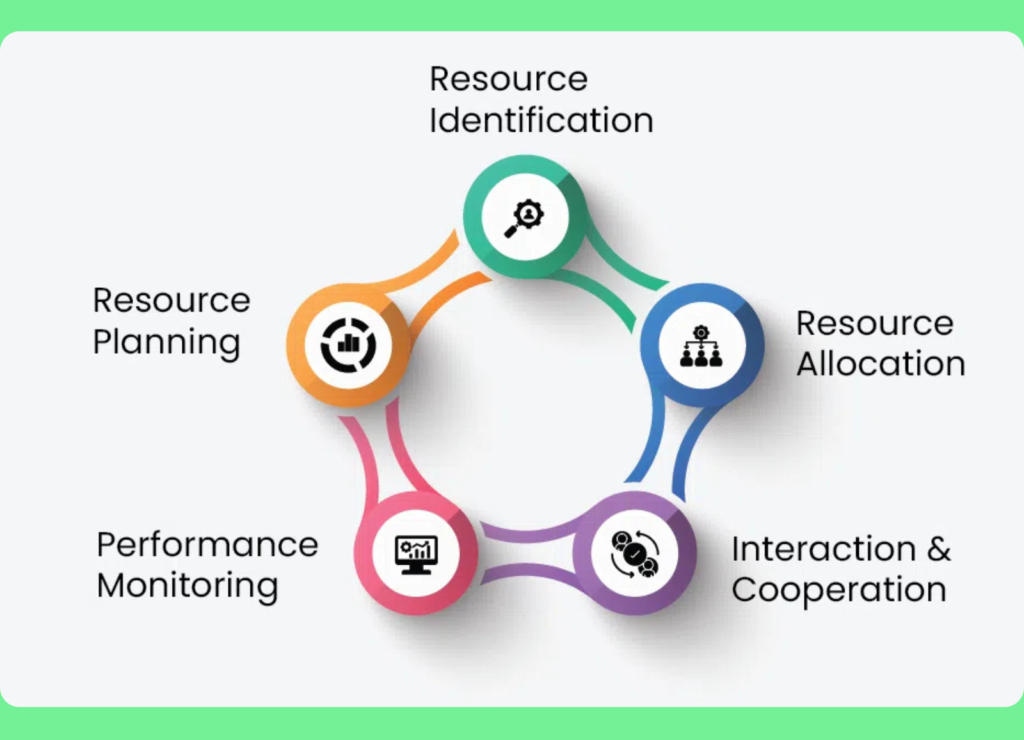

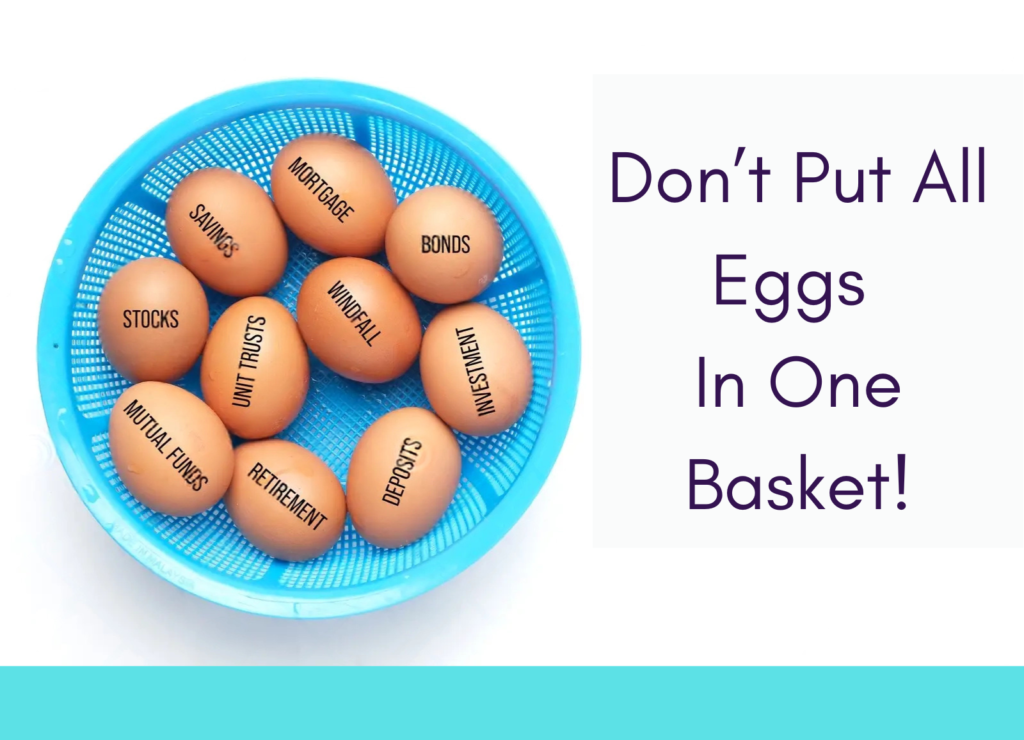
Why Every Business Needs a Digital Marketing Strategy Today
1. Your Customers Are Online—And Expect You to Be Too
The average consumer spends several hours a day online—scrolling social media, searching Google, watching videos, and checking emails. If your business doesn’t show up in their digital space, you’re essentially invisible.
Key Points:
Over 90% of online experiences start with a search engine.
Consumers trust brands with a strong online presence more than those without one.
A strategic approach ensures you’re visible across platforms—web, social, search, and email.
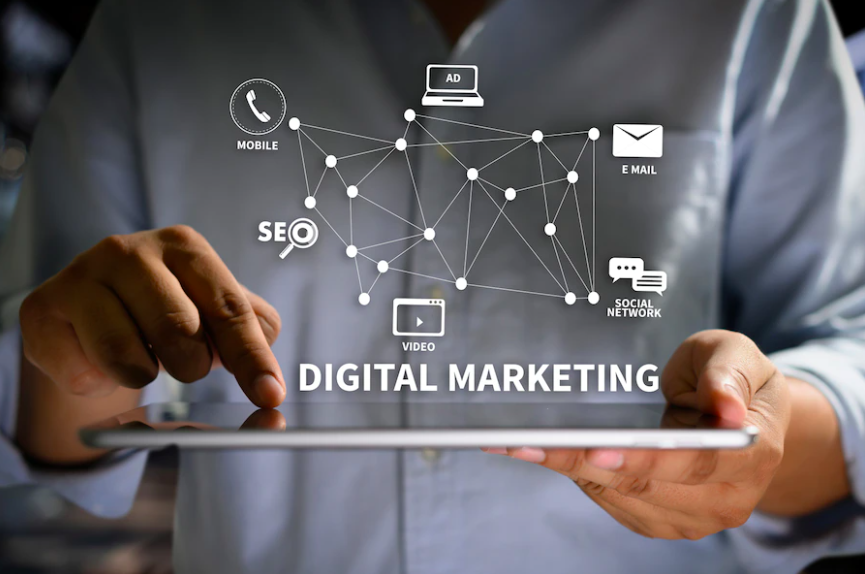

2. Digital Marketing Drives Measurable, Cost-Effective Results
Unlike traditional advertising, digital marketing allows you to track every click, conversion, and customer journey. This means you can optimize performance in real-time and get more value from your marketing spend.
Key Points:
Platforms like Google Ads and Facebook provide in-depth analytics.
You can target by location, interests, behavior, and demographics.
Small budgets can still yield high ROI with the right strategy.
3. It Helps You Understand and Engage Your Audience
A digital strategy enables you to collect insights on your audience’s preferences, behavior, and feedback. This helps you personalize your messaging and create campaigns that resonate.
Key Points:
Email segmentation and retargeting boost engagement and conversions.
Social media listening tools help track sentiment and trends.
Personalized content improves trust and customer loyalty.


4. Your Competitors Are Already Doing It
If you’re not investing in digital marketing, you can be sure your competitors are. A well-executed strategy helps you not only keep up—but get ahead.
Key Points:
Competitor analysis tools show what others are doing—and what’s working.
SEO and content marketing can help you outrank rivals in search results.
Being present across digital touchpoints creates brand authority.
5. It Future-Proofs Your Business
Technology and consumer behavior evolve quickly. A flexible digital marketing strategy prepares your business to adapt, pivot, and thrive in changing market conditions.
Key Points:
With AI and automation, you can scale efforts without scaling costs.
Marketing trends like voice search, video, and chatbots are already reshaping industries.
Strategic digital investments position your brand for long-term growth.

Off-Grid Solar: Smart Power for Small Enterprises
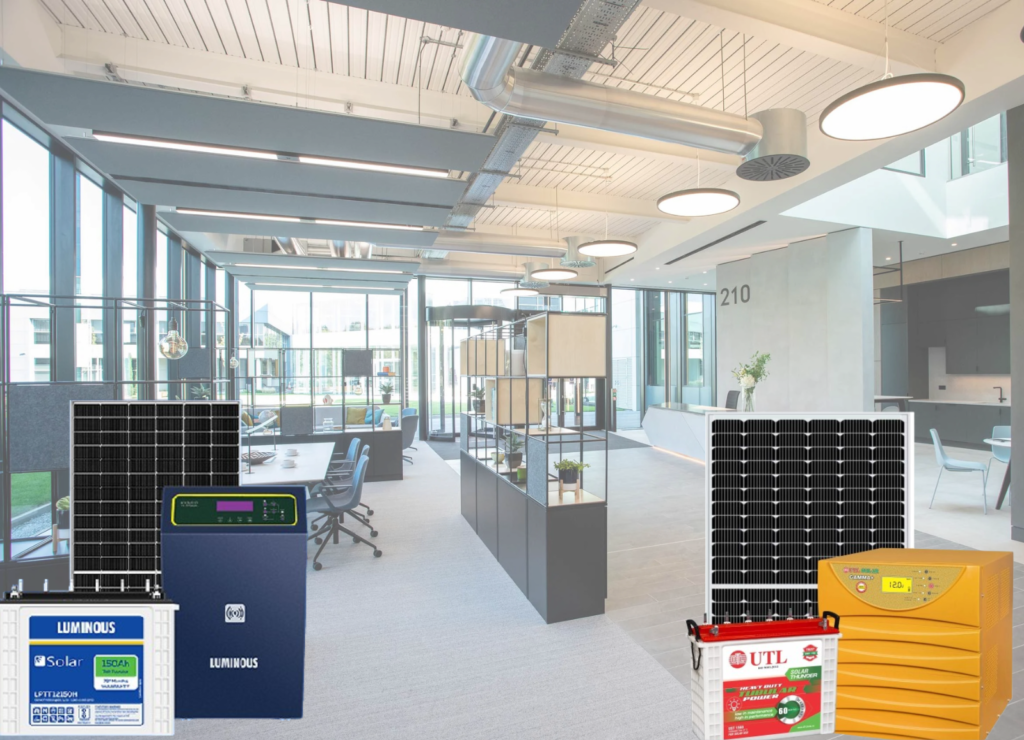
1. What Is Off-Grid Solar?
Off-grid solar systems are standalone setups that generate and store electricity without relying on the traditional power grid. They typically include solar panels, batteries, and off-grid solar inverter to convert solar energy into usable electricity.
These systems are ideal for remote areas or regions with frequent outages. For small enterprises, this means energy independence, better cost control, and operational resilience—without worrying about grid failures or high utility bills.
2. The Business Case: Why Small Enterprises Should Go Solar
Investing in off-grid solar may seem like a big step, but the long-term benefits far outweigh the initial costs. Here’s why it makes financial sense:
Lower Operational Costs: After installation, solar energy is virtually free. This leads to significant savings over time, especially in areas with high electricity tariffs.
Easy To Erect: You only need to 100 to 200 sqft shadow free roof space for installing the panels on the structure and 10 sqft of floor space to place inverter and batteries.
Predictable Energy Costs: With solar, you’re shielded from rising grid electricity prices, making budgeting easier.
For startups and small enterprises operating on tight margins, solar can be a game-changer.


3. Ensuring Business Continuity in Remote or Unstable Areas
Power outages and unstable grid supply can be detrimental to productivity and customer satisfaction. Off-grid solar systems provide:
Uninterrupted Power Supply: Battery storage ensures energy availability even during non-sunny hours or emergencies.
Minimal Downtime: Essential for operations that rely on consistent power—like cold storage, IT, or manufacturing.
Scalability: Systems can be designed to grow with your business needs.
This is particularly useful for businesses in rural or underserved areas where grid expansion is slow or unreliable.
4. Environmental and Brand Benefits
Consumers today are more eco-conscious than ever. Small businesses that invest in green technologies like off-grid solar can build a stronger brand reputation.
Reduced Carbon Footprint: Solar energy is clean, renewable, and emissions-free.
Sustainable Business Image: Promoting eco-friendly practices can attract environmentally aware customers and partners.
CSR Alignment: Adopting solar aligns with broader corporate social responsibility (CSR) initiatives.
Going solar not only saves money but also boosts your brand’s credibility and appeal.


5. Things to Consider Before Going Off-Grid
Before making the switch, small enterprises should evaluate a few key factors:
Energy Needs Assessment: Understand your daily power consumption and peak load requirements.
Budget and ROI Analysis: Factor in installation, maintenance, and expected savings over time.
Space and Location: Ensure you have enough space for panels with adequate sunlight exposure.
Quality and Support: Choose a reliable solar provider that offers branded components and good after-sales service.
Consulting with a professional installer will help you design a system tailored to your business needs and future growth.
For more information and best pricing contact Powertech Controls.
Google Ads Vs Meta Ads
1. Better Campaign Options
Meta offers highly detailed goal-setting options to promote your business in a variety of ways.
You can create campaigns to achieve specific objectives such as:
Generating leads via WhatsApp, submission forms, or phone calls
Building brand awareness
Encouraging engagement through likes, comments, and shares
Driving traffic to your website
Boosting e-commerce sales
Promoting mobile apps using visually engaging formats like Reels and posters
All of this can be done at a relatively affordable cost, making it accessible for businesses of all sizes.
Advanced targeting options allow you to refine your audience based on demographics, age, gender, interests, and more—helping you reach the right people with the right message.
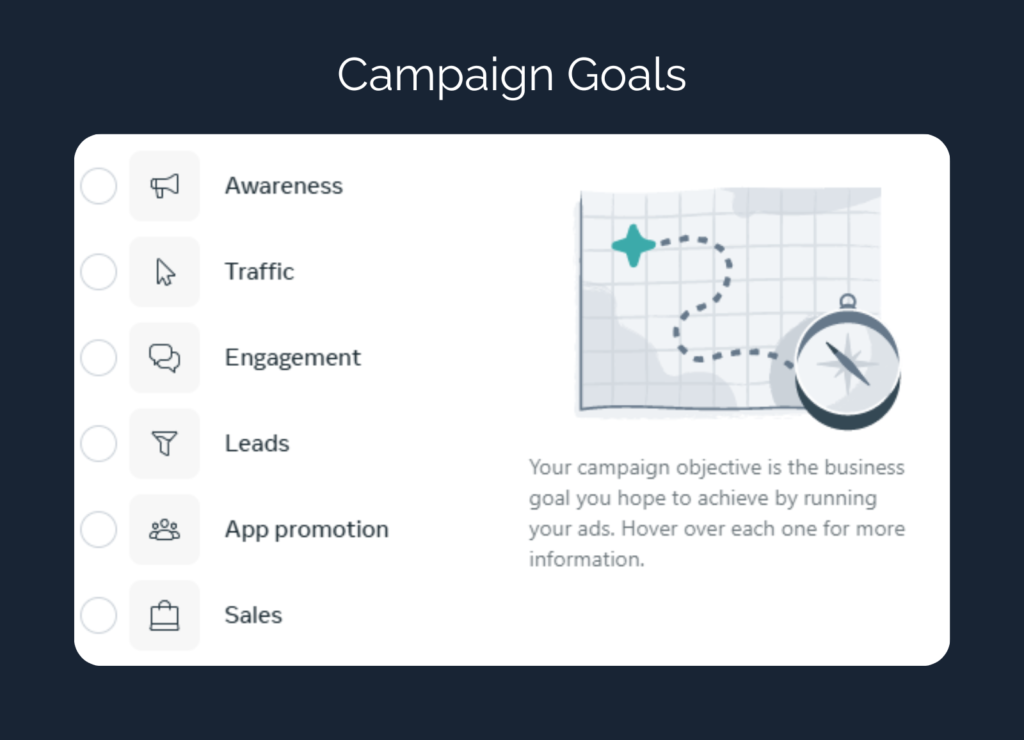
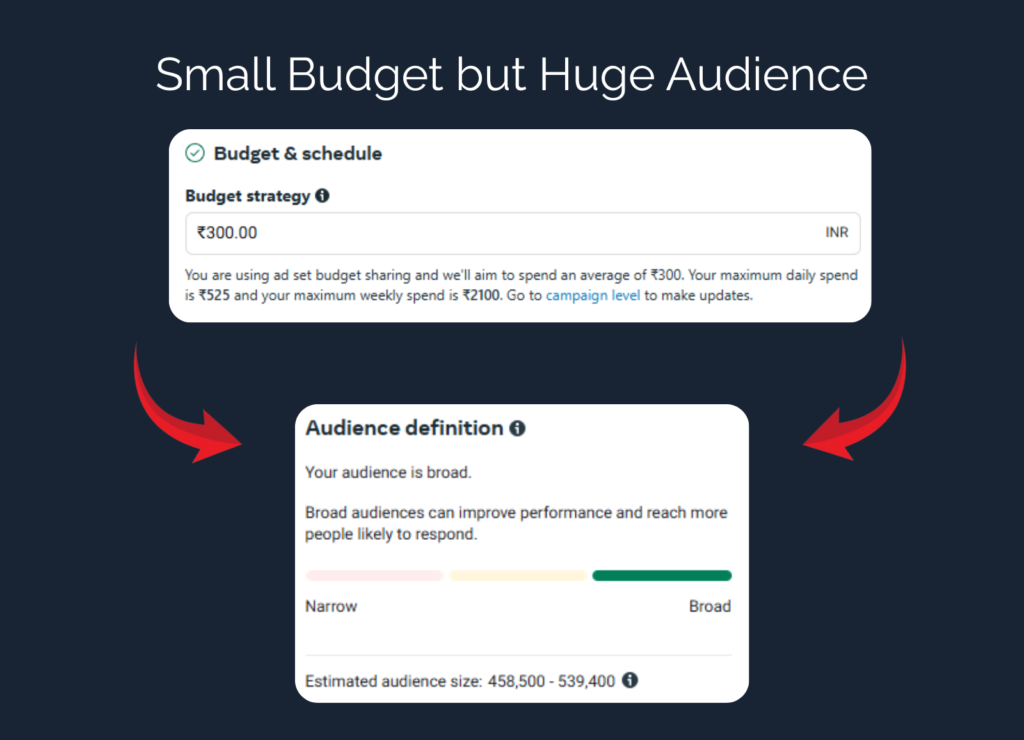
2. More Budget-Friendly
In many industries, running ads on Meta can cost less per click compared to Google, especially if you’re not in a super competitive space. If you’re working with a smaller budget, you’ll likely get more reach and engagement on Meta without burning through your ad spend too quickly.
For example, you can start with a daily budget of just ₹300, targeting a specific radius. Meta will automatically estimate the potential audience size, showing both narrow and broad reach indicators to help you set realistic expectations.
While a budget of around ₹300 may not generate a large volume of leads, you can still expect a few typically in the single digits depending on audience interest and engagement.
To generate higher lead volumes into the double or even triple digits you’ll need to increase your budget, expand your targeting radius, and utilize detailed audience data. This combination helps optimize reach and improves overall ad performance.
3. Stronger Visual Appeal
Meta is a highly visual platform, offering ad formats like videos, carousels, and eye-catching images. These creative options make it easier to capture attention and effectively communicate your brand story.
In contrast, Google Search Ads are primarily text-based, which can limit your creative flexibility.
With Meta’s diverse visual formats, you can engage your audience using attractive, dynamic content. These ads can appear across 18 different placements on Facebook and Instagram, allowing you to reach a large and varied audience. This broad exposure can drive results such as higher engagement, increased sales, app downloads, and greater brand awareness for your business.
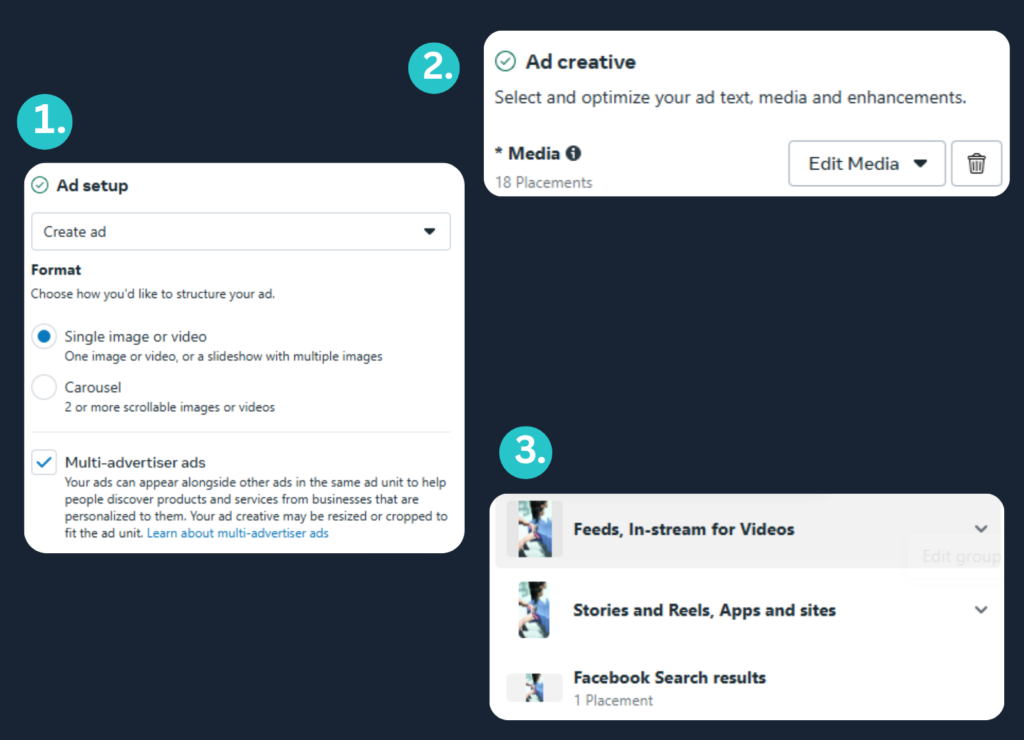
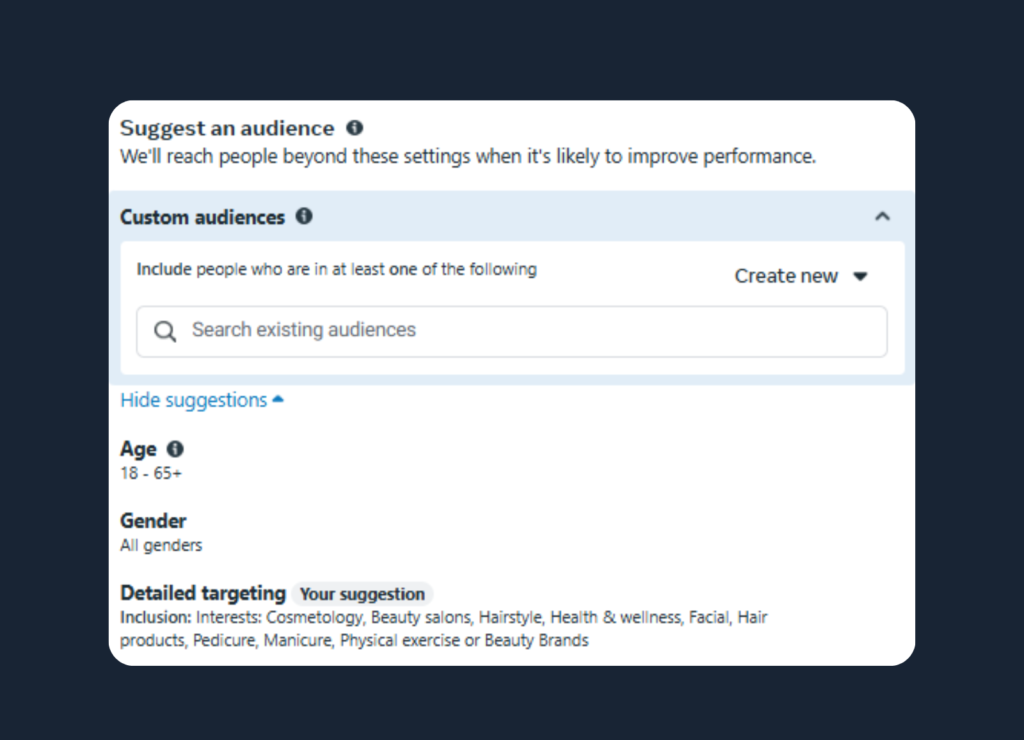
4. Great for Brand Discovery
People don’t go to Facebook or Instagram to search for products but that’s actually a good thing. Meta is great for putting your brand in front of people who didn’t know they needed what you offer. Google is great when someone is already searching for something but Meta is better at building awareness and generating interest from scratch.
5. One Platform, Multiple Channels
With Meta, you can run ads across Facebook, Instagram, Messenger, and even WhatsApp all from a single platform. This unified approach makes it easier to create a consistent brand experience, retarget your audience, and stay visible across multiple touchpoints.
During the ad creation process, Meta clearly displays where your ads will appear, along with visual previews. If there are any issues with your ad such as errors in the copy or formatting you’ll be notified instantly, allowing you to make corrections and ensure your ad is ready to publish without complications.
